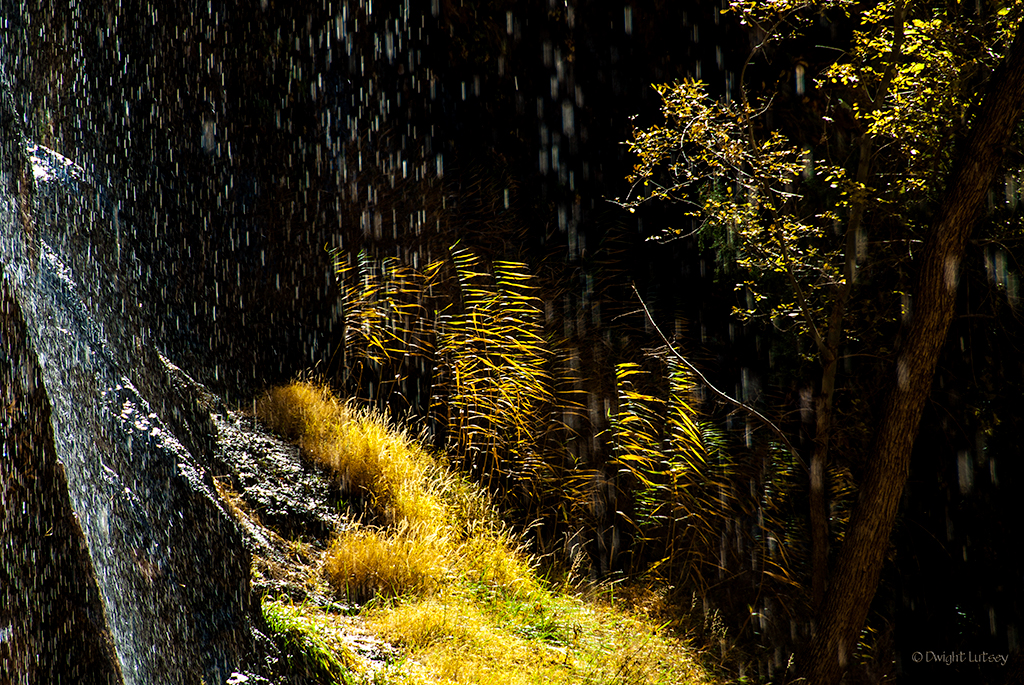 Weeping Rock – Zion click to enlarge
Weeping Rock – Zion click to enlarge
To be honest abstract art is not my favorite art form. If something is so difficult to understand by simply viewing it, that somebody else that I know is not any smarter than me has to explain it, and when they get finished I know less than when they started and I don’t believe one word they are saying anyway, then I find it is usually not worth the effort. And I certainly wouldn’t give you money for it.
Now having said that, some of you might say “well he’s an opinionated S.O.B. isn’t he” and I’m afraid you would be right, at least about the S.O.B. part. And having said that, there are views of nature that fall under the definition of abstract. The deal is, it has to be intuitively understandable even if you have to take a moment to figure out exactly what you’re seeing. It also has to be pretty so that even if you don’t get all of it you like it anyway. You don’t need someone to explain the angst that went into its creation and how it speaks to the duality of man’s convergence with art to transcend the differences in the whole life/death cycle thereby elevating the viewer into a state of intellectual bliss just by being in the same room with it.
I remember my dad saying something when he saw some of the abstract stuff that was coming out in the 50’s. We were at a party at some friends house where they were showing off a new painting they had recently acquired by someone named Polack or Pillock or Pollock and it was the latest thing in abstract art and they were struggling mightily to explain all the nuances that were contained in it. When the hostess finally finished her explanation my dad asked , “Yeah but what the hell is it ?” My dad didn’t care about all the trials and tribulation the artist supposedly had and the demons he conquered to get the paint on the canvas, it was supposed to be a picture. What the hell is it? Of course the hostess was taken aback but at least dad withheld the rest of his comment which was “and it’s goddamned ugly too.” Dad would have been a savage art critic.
Take this view looking out from the alcove behind the waterfall at Weeping rock in Zion. This is about as abstract a nature shot as I can take. Both figuratively and literally. The falling water, the shape of the reeds with their long pointed leaves and the play of light on the different elements in the image all make sense to me, yet they have that abstract quality about them. They don’t have to be explained and they certainly didn’t involve any angst in its creation, unless it was the angst of getting my camera wet going through the waterfall, but I got over that quick enough once I saw the view.
So what’s the deal here. Is this just a rant, railing against abstract art. Nope. It’s just a guy saying what he thinks about something that makes up the largest part of his life. Art. You might disagree and that would be your mistaken, ill-advised and just plain wrong opinion, but hey, it’s your right to do so. Me, I like it easy. No angst, no struggling with all the deeper meanings of life, no having to listen to people who feel superior because they can make up better crap than you can understand, just art, being able to create something that just makes you feel better for having seen it. I’ll struggle with all that duality stuff later.

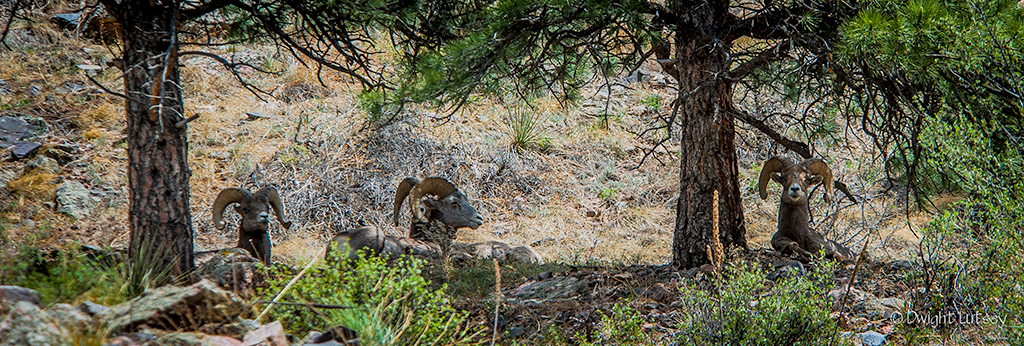
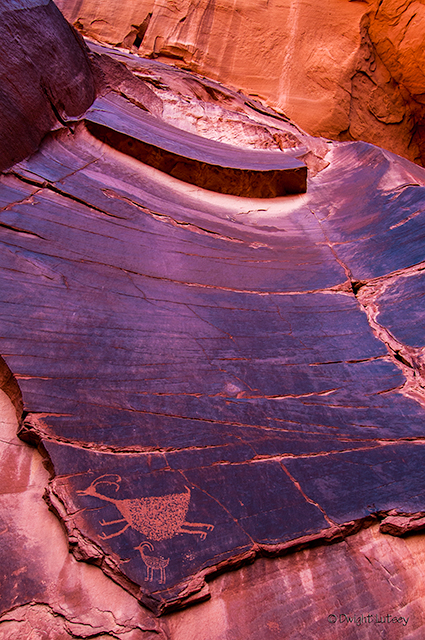
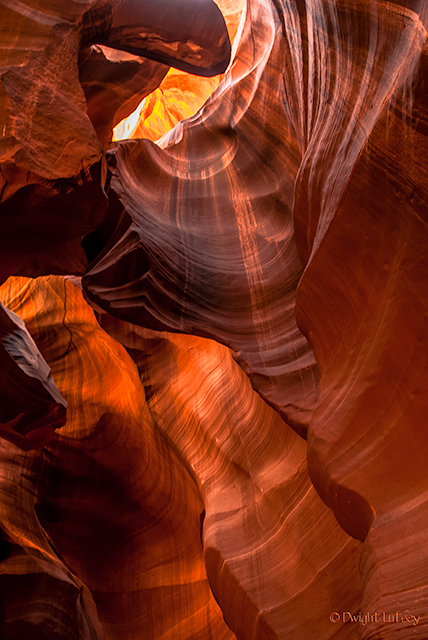
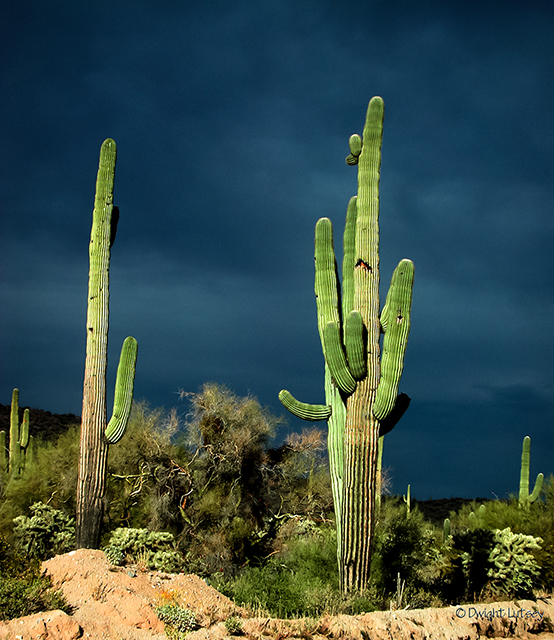
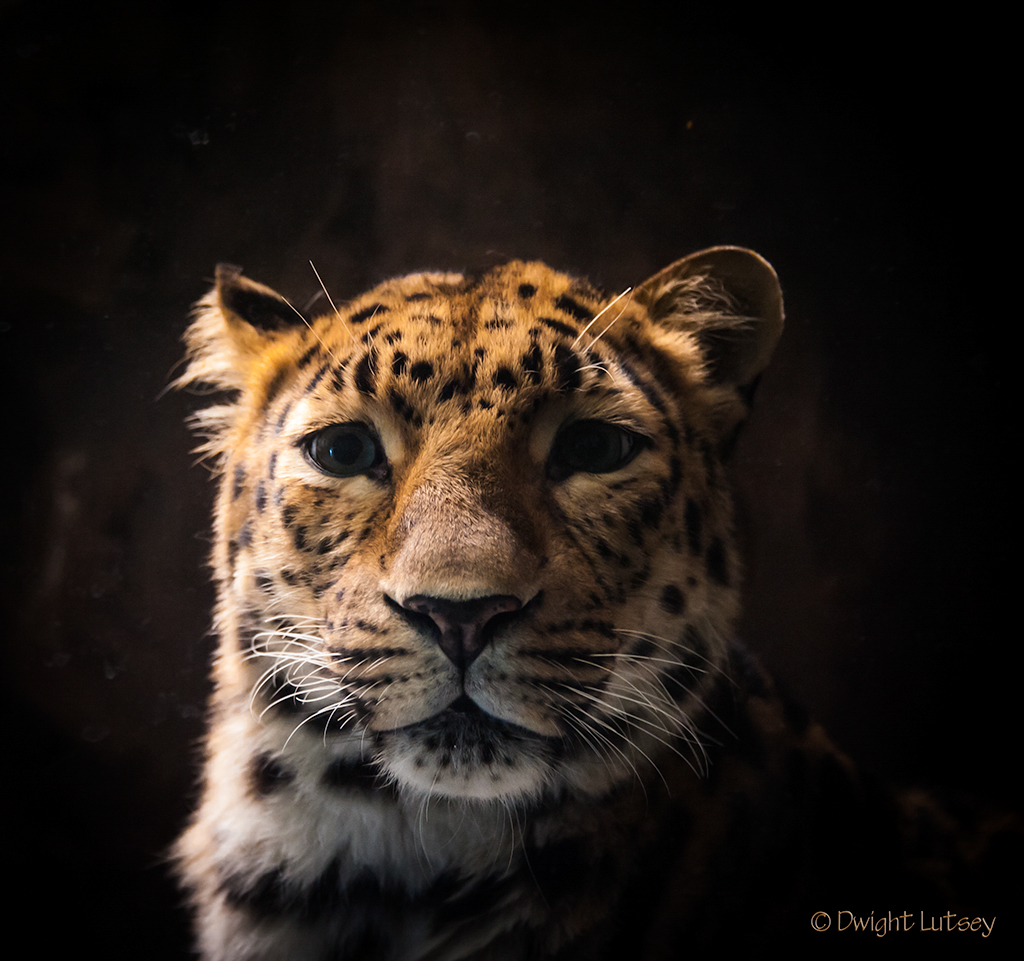
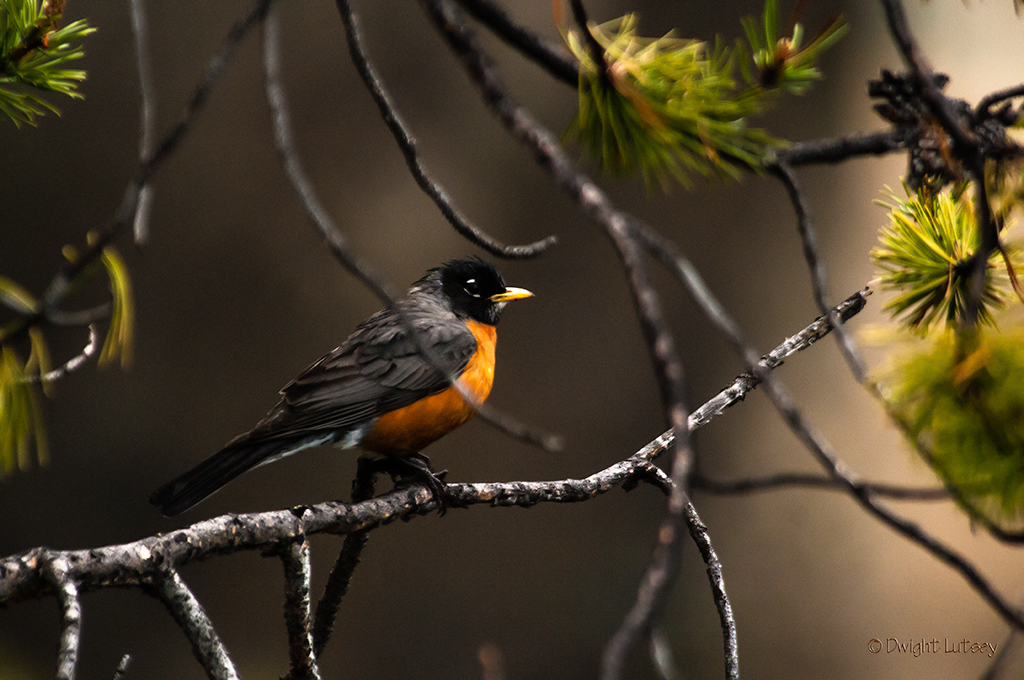
You must be logged in to post a comment.